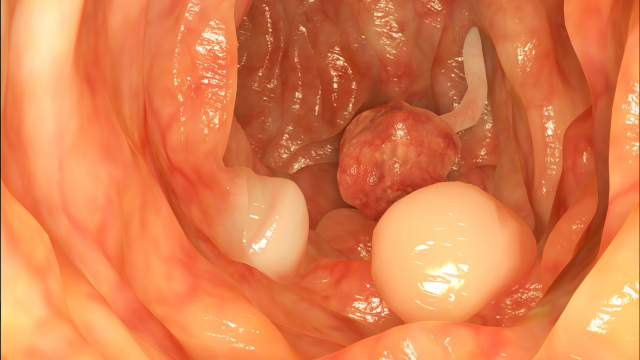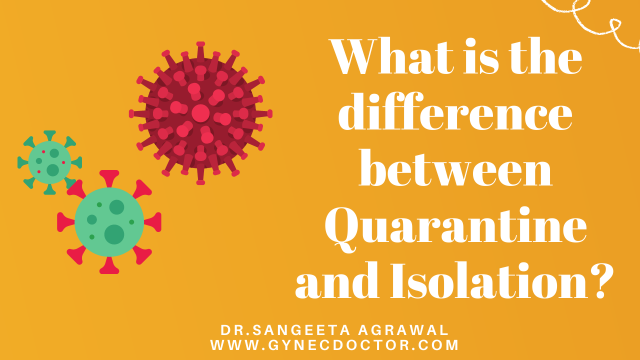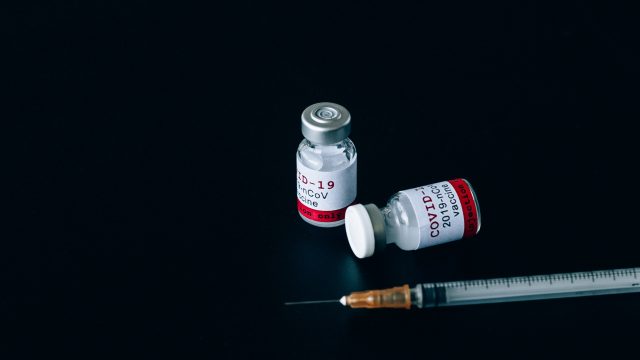The word cyst is very common and loosely used. There can be cysts in various organs of the body and in this article I aim to address the issue of ovarian cysts.
What is Ovarian Cyst?
Every woman has two ovaries- one on either side of the uterus. The ovary is the size and shape of an almond. Every month a follicle grows in the ovary. Each follicle gets the stimulus to grow from hormones that are produced by the pituitary organ. The follicle produces the hormones, estrogen, and progesterone, and releases an egg every month. But sometimes there may be a disturbance in the hormonal balance and the follicle doesn’t rupture or release its egg. Instead, it grows and turns into a cyst.
Types of Ovarian Cyst
When the follicle doesn’t rupture or release its egg and instead, it grows and turns into a cyst, it is commonly called a functional cyst. Follicular cysts are usually harmless, rarely cause pain and often disappear on their own within two or three menstrual cycles.
Sometimes the cyst may form after the egg is released from the follicle. Once the egg is released the follicle is called corpus luteum. The corpus luteum can get filled with fluid and form a cyst and this is called the corpus luteal cyst. This cyst usually disappears on its own in a few weeks, but it can grow to 4- 5 inches in diameter and has the potential to bleed into itself or twist the ovary, causing pelvic or abdominal pain. If it fills with blood, the cyst may rupture, causing internal bleeding and sudden, sharp pain. this is called corpus luteal haematoma.
There are many more types of cysts that are not physiological or normal.
Dermoid cysts -These cysts may contain tissue such as hair, skin or teeth because they form from cells that produce human eggs. They are not cancerous, but they can become large and cause pain. They have to be removed.
Endometriomas – These cysts develop as a result of endometriosis, a condition in which uterine cells grow outside the uterus – the ovary and the back of the uterus (also called pouch of Douglas) being the commonest sites. These cells respond to the cyclic hormones and therefore may result in bleeding every month. This blood eventually can form cysts and the ovary is the commonest site. The condition per se can cause severe pain during menstruation, sex and affect fertility adversely.
Cystadenomas – These cysts develop from ovarian cells per se and may be filled with a watery liquid or a mucous material. They can become large — 12 inches or more in diameter. They usually will present as a lump in the lower abdomen, pain or they may be incidentally discovered during routine sonography. These can easily be dealt with by surgery.
Many women have ovarian cysts at some time during their lives. Most cysts present little or no discomfort and are harmless. The majority of cysts disappear without treatment within a few months. However, sometimes cysts can rupture and produce serious symptoms that on rare occasions can be life-threatening.
Ovarian Cysts Symptoms
- Menstrual irregularities,
- Pelvic pain (a constant or intermittent dull ache that may radiate to the lower back and thighs. The pelvic pain may start shortly before the period begins or just before it ends),
- Pelvic pain during intercourse (dyspareunia),
- Nausea, vomiting
- Fullness or heaviness in the abdomen,
- Severe sharp pain in the lower abdomen
- Difficulty in emptying the bladder completely.
- Regular constipation
Then one must consider the possibility of ovarian cyst. None of these are very specific for ovarian cyst. We will consider various other conditions also in the diagnosis. Here I would like to mention that many women who have polycystic ovarian syndrome (PCOS) believe that they have many cysts in the ovary. This is not so. I suggest that you read about PCOS.
Diagnosis of Ovarian Cyst
Ultrasonography is very useful to test to identify the cyst, its size, and location and to determine whether it’s solid or fluid-filled.
Treatment of Ovarian Cyst
Treatment depends on various factors such as age, the type, and size of the cyst, and the symptoms. If there are no symptoms and an ultrasound shows a simple, fluid-filled cyst then one can wait and review in one or two cycles. Follow-up sonography is done to confirm that it has resolved.
Birth control pills may be given to reduce the chance of new cysts developing in future menstrual cycles. Oral contraceptives offer the added benefit of significantly reducing the risk of ovarian cancer.
If the cyst is large, continues to grow or persists and causes pain then it may be removed. The cysts can be removed and the ovary does not need to be removed. However, in some cases, the ovary will have to be removed. As long as there is at least one functioning ovary, the fertility is not affected and the hormones are also produced. If the cystic mass is cancerous, then both the ovaries and the uterus may need to be removed.
Menopause And Ovarian Cyst
After menopause, the occurrence of ovarian cysts will always raise the suspicion of cancer. Regular ultrasound screening of the ovaries after menopause is useful to detect these cysts so that timely action can be taken.
There is no need to panic in case you have just discovered that you have a cyst in the ovary. Seek an appointment with Dr. Sangeeta and get a balanced view of its management. You may not need any intervention at all or it may settle with just medication. In case you require cyst removal then we can do the surgery laparoscopically in a center with state of art facilities.


















